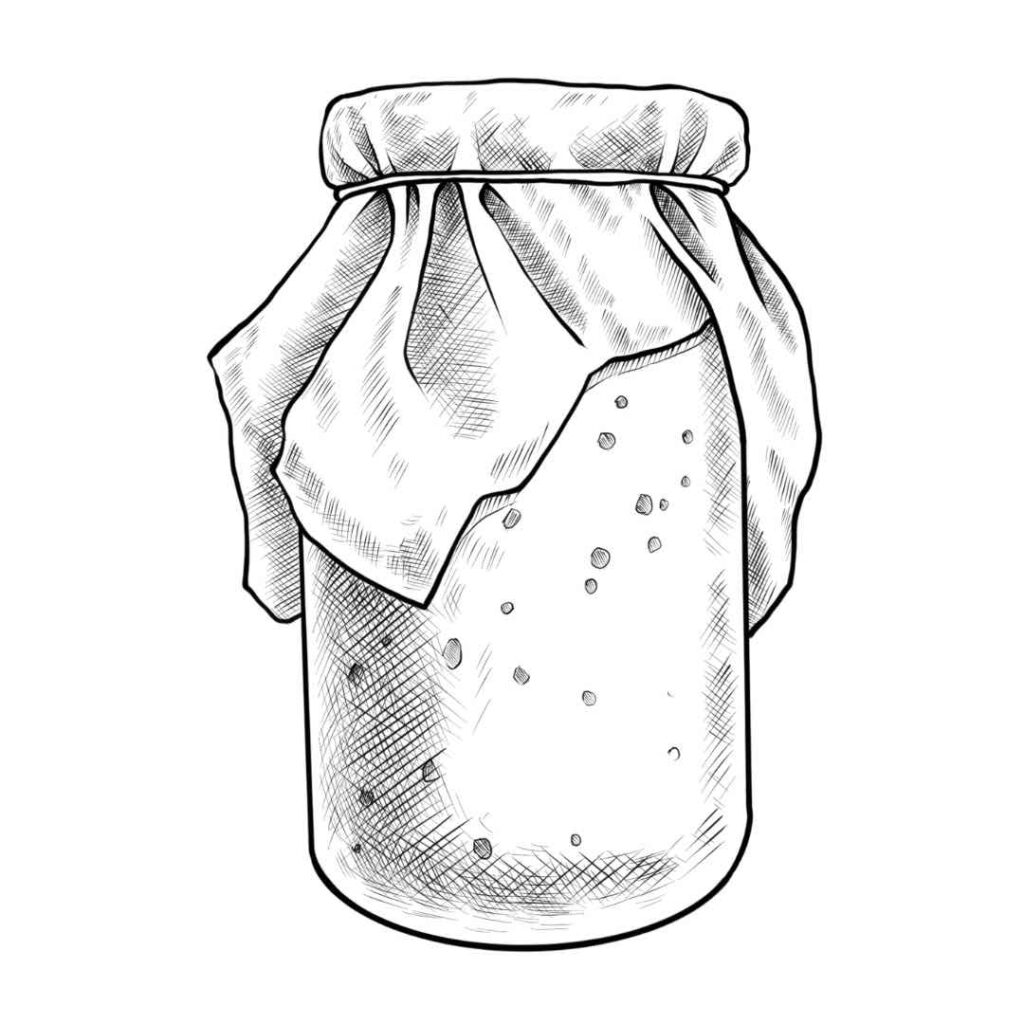
Indian Style Paprika–Cumin–Turmeric Spice Rub
A salt-free, Indian-style spice rub with paprika, cumin and turmeric. Warming, aromatic and perfect for vegetables, legumes and slow cooking.
Let the future be tasty and let it be full of life!
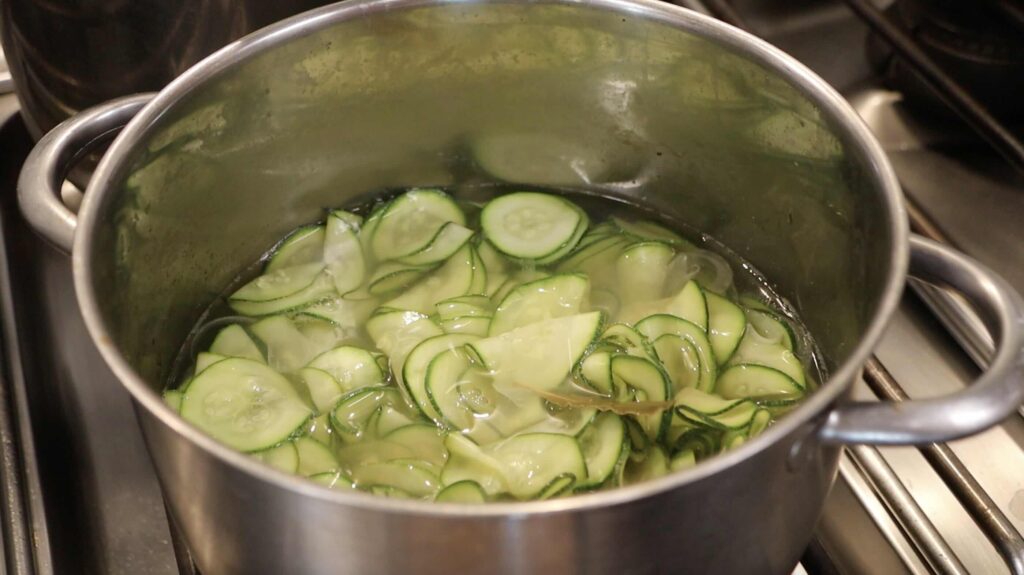
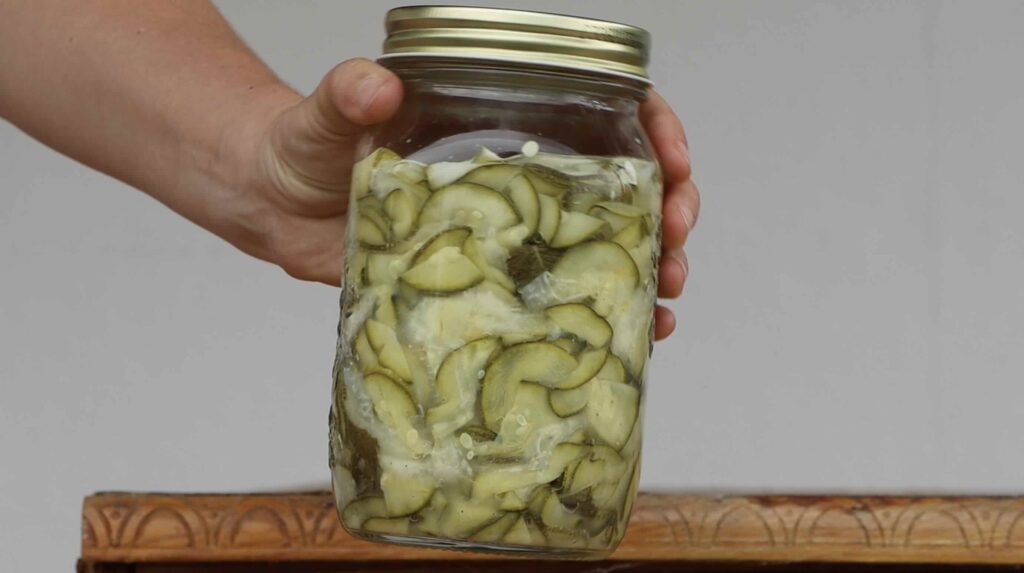
Whether you’re staring down a glut of zucchini, radishes, cucumbers or even onions, having a solid pickle juice recipe up your sleeve is a game-changer. At The Farming Chefs, we use this same base again and again—it’s tangy, aromatic, and flexible enough to adapt to whatever you’re preserving.
Unlike store-bought brines packed with preservatives or weird gums, this homemade version is clean, punchy, and made entirely from pantry staples. Think of it as the backbone to every great pickle—lifting and preserving flavour without overwhelming your vegetables.
And once you start using it? You’ll never go back.
Yields: approx. 500 ml (17 fl oz) of pickle juice
Time to prepare: 2 minutes
Time to cook: 5–7 minutes
Skills used: Boiling, spice balancing, safe infusion
Small saucepan
Measuring jug or scales
Teaspoon
Clean jar or bowl for cooling
250 ml white wine vinegar (8.5 fl oz)
250 ml water (8.5 fl oz)
1 tsp black peppercorns
2 bay leaves
4 whole garlic cloves
1 tsp salt (we use sea salt or unrefined salt—skip the iodised stuff)
You can double or triple this recipe depending on how many jars you’re filling.
Always use a non-reactive pot—avoid aluminium for anything acidic.
For more bite, add a crushed garlic clove or a slice of ginger.
Want it sweeter? Add 1–2 tsp of unrefined sugar (coconut, date or raw cane).
Add the vinegar, water, bay leaves, garlic cloves, peppercorns, and salt to a small saucepan.
Bring the mixture to a boil, then reduce heat and simmer for 2–3 minutes to allow the flavours to infuse.
Turn off the heat and let the mixture cool slightly.
If using immediately, pour warm (not boiling) over your prepared vegetables.
If storing for later, allow to cool completely, then transfer to a clean jar and refrigerate. Use within 1 week.
This pickle juice can be made ahead and kept in the fridge or canned on the shelf.
Always let it cool before pouring over vegetables to avoid soft pickles—unless blanching is part of the process.
Label your jar with the date so you don’t forget how long it’s been sitting around.
What vinegar should I use?
We prefer white wine vinegar for its mildness, but apple cider vinegar works well too—just know it adds a more fruity, earthy note. Avoid distilled white vinegar unless you want something very sharp and punchy.
Can I reuse pickle juice?
Technically yes, but we don’t recommend it if the brine has already been in contact with other vegetables. It can become cloudy and may not be safe for long-term preservation. Start fresh for best results.
Can I add herbs like dill or tarragon?
Absolutely. Feel free to experiment. Dill, tarragon, coriander seeds, garlic, fennel, and even chilli flakes can be added for custom blends. Just remember, the more you add, the bolder the flavour.
Can I drink pickle juice?
You can, and some people do for its probiotic potential and electrolytes. But if you plan on drinking it, skip the saltier end of the scale and use filtered water and organic vinegar.
Does this brine work for lacto-fermentation?
Nope! This is vinegar-based pickling. Lacto-fermentation requires no vinegar and relies on natural bacterial processes with just salt and time. Different world, equally delicious.

A salt-free, Indian-style spice rub with paprika, cumin and turmeric. Warming, aromatic and perfect for vegetables, legumes and slow cooking.
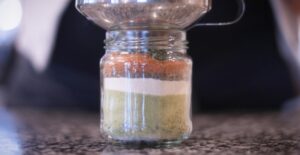
A fragrant, herb-forward spice rub inspired by Provence. Perfect for vegetables, chicken and olive-oil-based cooking.
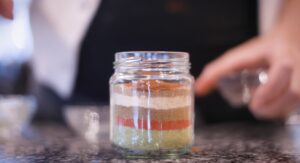
A savoury, umami-forward spice rub built on green pepper, cumin and chilli. Designed for vegetables, legumes and regenerative cooking — and layered beautifully for gifting.
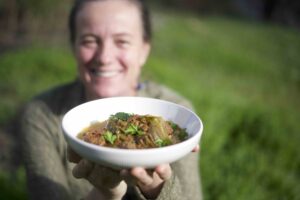
Perfect for large harvests, meal prep, and pantry storage
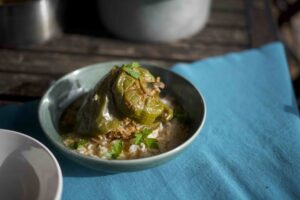
These stuffed peppers with rice and beef are tender, flavour-packed, and simmered in a rich tomato-beef broth. A perfect from-scratch recipe for using up lots of green bell peppers. Serves 25!
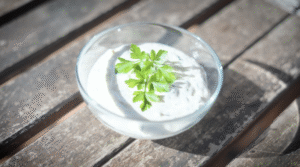
This roasted almond and parsley dip is one of those quietly magical recipes that instantly elevates a meal. It’s bright, savory, slightly tart, and deeply aromatic thanks to roasted almonds, fresh parsley, and a generous amount of good olive oil. Unlike a traditional pesto, this dip keeps the almonds crunchy rather than fully blended into a paste, giving each spoonful a wonderful texture that feels rustic and homemade.
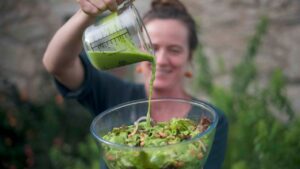
f you want potatoes that are shatteringly crispy on the outside and soft, fluffy, and steamy on the inside, this is how you do it. These crispy baked potatoes are simple, rustic, and absolutely irresistible — especially when you cook them in delicious animal fat. Schmaltz, lard, tallow, or goose fat all give these potatoes the kind of flavour you just don’t get from oil.
"Let these Recipes inspire you, but never limit your creativity!"
Sophie de Jong

Recipe Categories
We lost so much.
Our pastures are destroyed, many of our old olive trees, the young orchards, the irrigation systems, our most important tools, water pumps, and power setup—either melted or destroyed.
Our food and hay stores, the fences, and many of the stable buildings are either damaged or lost entirely.
What took years to build was reduced to ash in a single afternoon.
Ready to Recharge and Enjoy Real Food in Nature?
Cook, connect, and grow in the heart of our regenerative farm.
Real food. Deep rest. Lifelong memories.
